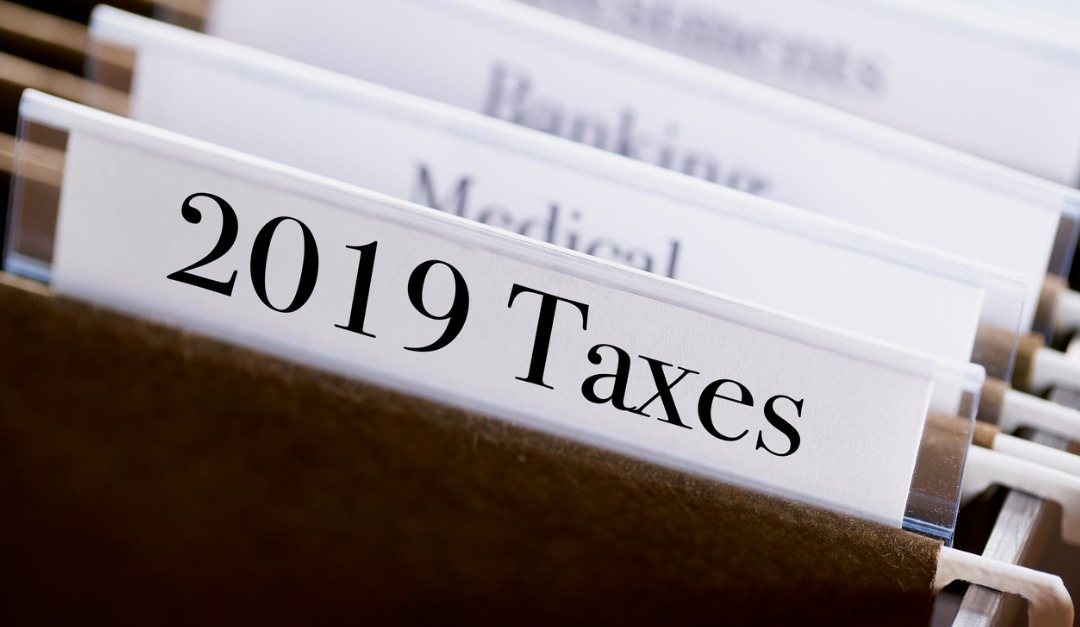(TNS)—If you’re retired or soon to retire, one big thing you’ll need to ask is: Am I going to be socked with a huge income tax bill come April?
“During the first year or two of retirement, it’s a big transition tax-wise,” said George W. Smith, a certified public accountant with his own firm in Southfield, Mich. “It’s a whole new tax reporting ballgame for them.”
Many times, newbies to the retirement game get caught short on how much they’ve withheld for taxes out of their pension checks. And many times, they’re not even aware that they’re dealing with a new set of retirement-related tax forms.
“No more W-2s. Now it’s 1099-Rs for pension and IRA distributions,” he said. “And SSA-1099s for Social Security benefits.”
This summer, the Internal Revenue Service launched its much-anticipated Tax Withholding Estimator. For those still on the job, the idea is to spend some time plugging in your own numbers to calculate whether you’re having enough money withheld from each paycheck to cover your income tax bill.
There’s much publicity about getting a “Paycheck Checkup” to review your potential income tax bill now. Someone who just bought a home, had a baby or just saw one of their kids turn age 17 is going to want to use the estimator. (Tax breaks are less generous for families who have children age 17 and older.)
But what about a checkup for those pension checks? It’s a smart idea for retirees. The IRS has begun making a push to alert retirees that the new estimator can help judge where you’re at tax-wise if you’re retired and getting a pension check or withdrawing money from a 401(k), too.
The task is essential if you’re unsure how your tax deductions changed under the Tax Cuts and Jobs Act of 2017.
Are You Withholding Enough?
The new tax rules included a higher standard deduction—$12,000 for singles and $24,000 for married couples on the 2018 return—and that may mean that you’re not going to itemize and deduct as much in charitable contributions as in the past.
But retirees may even have a higher standard deduction than that. An additional standard deduction can apply for those who are 65 or older, or blind. Single filers 65 and older can claim an additional $1,600, and married filers who are both 65 and older can claim an extra $2,600. Another $1,300 is available if an elderly taxpayer is blind.
A married couple filing jointly, for example, might have a standard deduction as high as $26,600 if both meet the age requirements or both are legally blind. So you need to take into account some specifics in your own situation.
The IRS notes that people most at risk for having too little tax withheld include those who itemized in the past but now take the increased standard deduction. “They also include households with two wage earners, employees with non-wage sources of income and those with complex tax situations,” the IRS said.
And yes, some retirees.
“Retirees are one of many groups of taxpayers that may be left owing (money) at year’s end if they do not have enough taxes withheld and fail to make the estimated tax payments during the year,” said Andy Phillips, director of The Tax Institute at H&R Block.
A retiree, for example, can use the tool to enter any pension income or Social Security benefits that a couple might be receiving. The estimator goes over your finances, line by line, to give you a more accurate picture.
The IRS online estimator is broken into six sections: information about your household, income, adjustments to your income, deductions from income, tax credits and your results.
You need some paperwork on hand. You must know how much in taxes has been withheld already, for example. The taxpayer can use the estimate to calculate their projected tax liability for the year. And then, if necessary, they can withhold more money now from their payouts.
The estimator makes things a bit easier for retirees by linking directly to Form W-4P, the withholding certificate for pension and annuity payments. Retirees can get a specific withholding recommendation by using the estimator to review their own tax situation. Many times, retirees would want to talk with their tax professional, too, to get a better idea of how much money to have withheld.
Someone who is getting two or three pension checks—maybe from earlier jobs—wants to take particular care with withholding enough money to cover taxes. If you’re working part-time now, you’d want to take that into consideration as well. The same’s true if you have income that you’re receiving from your investments.
Where You Get Retirement Dollars Matters
Where you’re getting your tax dollars in retirement matters, too.
Most often, distributions you receive from a 401(k) plan are taxable, too, and you’re automatically going to see 20 percent withheld from those payouts if it’s not a required minimum distribution. But that doesn’t necessarily mean enough in taxes are being withheld.
In general, income tax will be withheld from your pension or annuity distributions unless you choose for it not to be withheld, Phillips, at H&R Block, said.
Even so, retirees can get caught short and need to pay more than they’d expect at tax time if they don’t carefully review their own situation.
One point to consider: Did you retire early and end up taking an early distribution from your 401(k) plan when you were younger than age 59? Early distributions may be subject to a 10 percent penalty unless one of the long list of exceptions applies.
“The key thing to remember here is the issuer is not going to determine that a taxpayer is subject to the 10 percent early distribution penalty,” Phillips said.
So the taxpayer would need to take that 10 percent penalty into account and consider taking action to have more taxes withheld or submitting an estimated payment during the year. At the very least, the taxpayer needs to be prepared for the potential tax liability when they file their tax return for the year when the early distribution was made.
Stay on Top of Your Situation
Of course, your tax situation can change year to year, even in retirement. So you may want to review how much you’re having withheld for taxes even after you’ve been retired a few years. Sure, no one wants to sit down and run their the tax numbers as part of fun and festivities in retirement. But it’s an exercise well worth doing.
Anyone who changes their withholding later in the year needs to do another checkup in January, too, so they’re having the correct amount withheld for all of 2020.
©2019 Detroit Free Press
Visit Detroit Free Press at www.freep.com
Distributed by Tribune Content Agency, LLC











